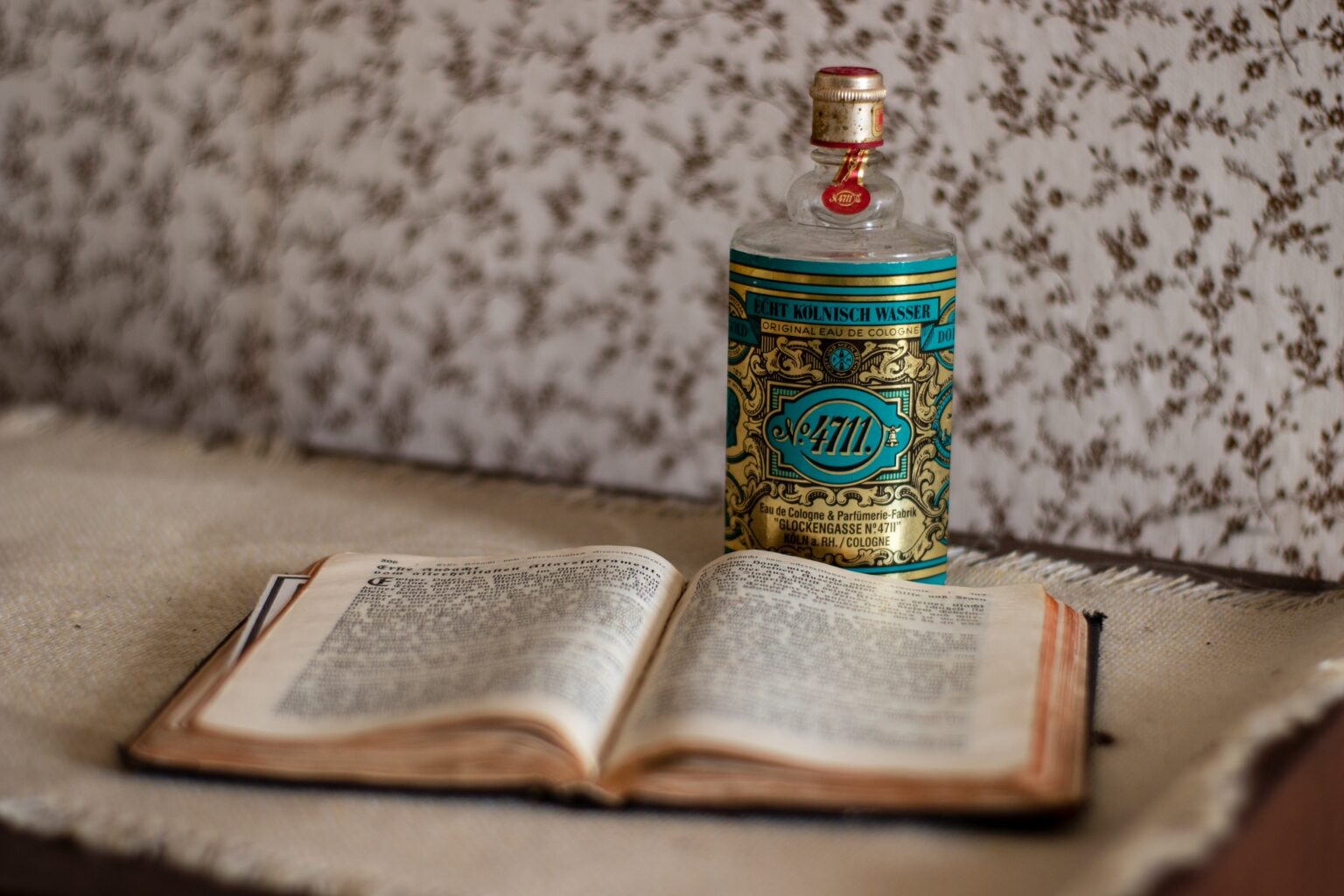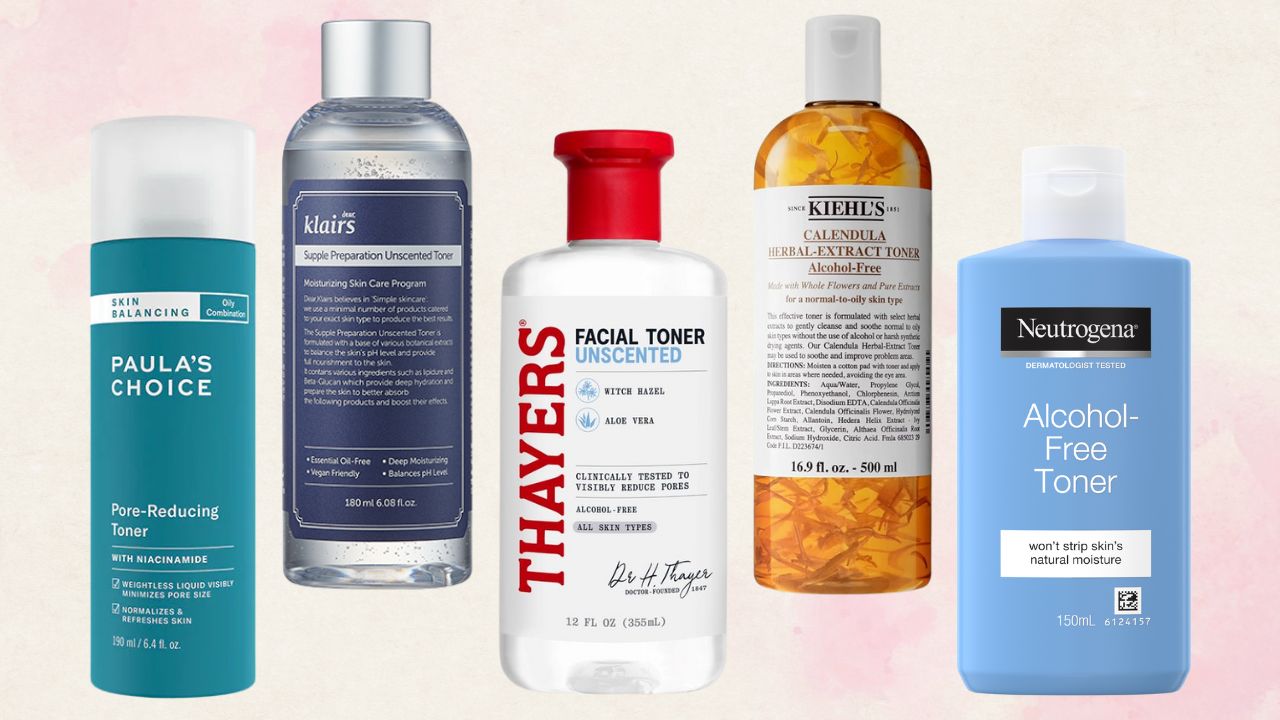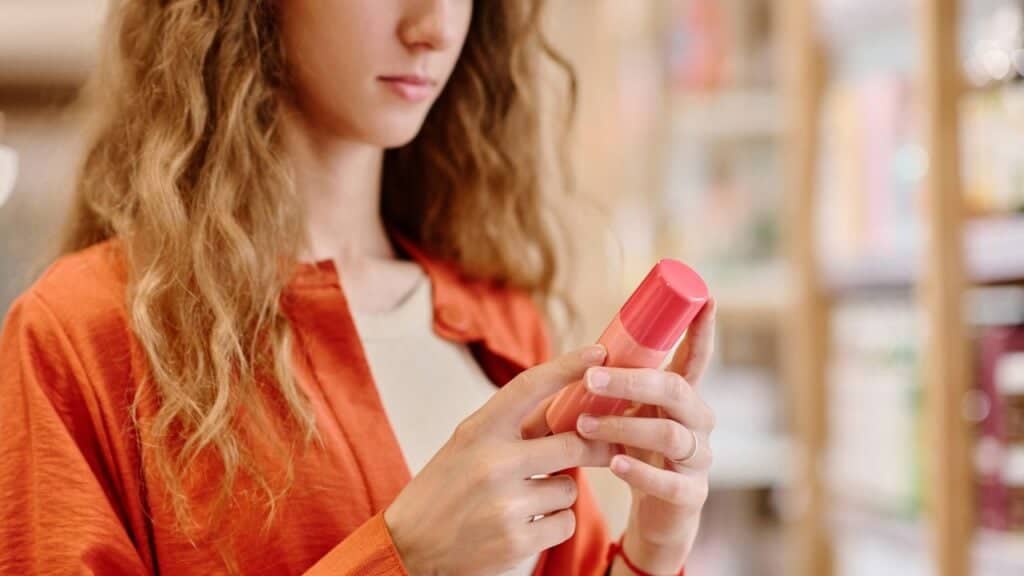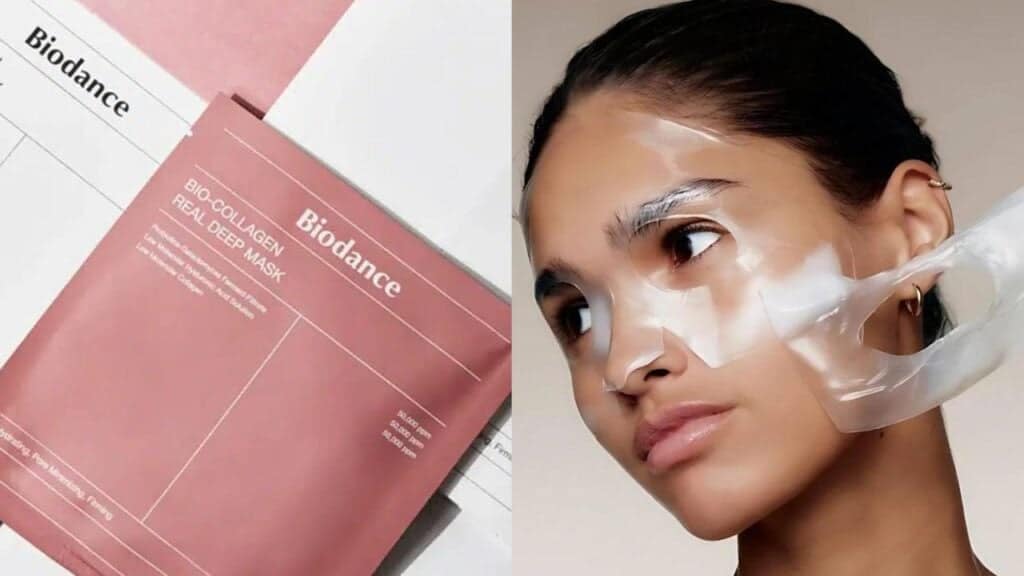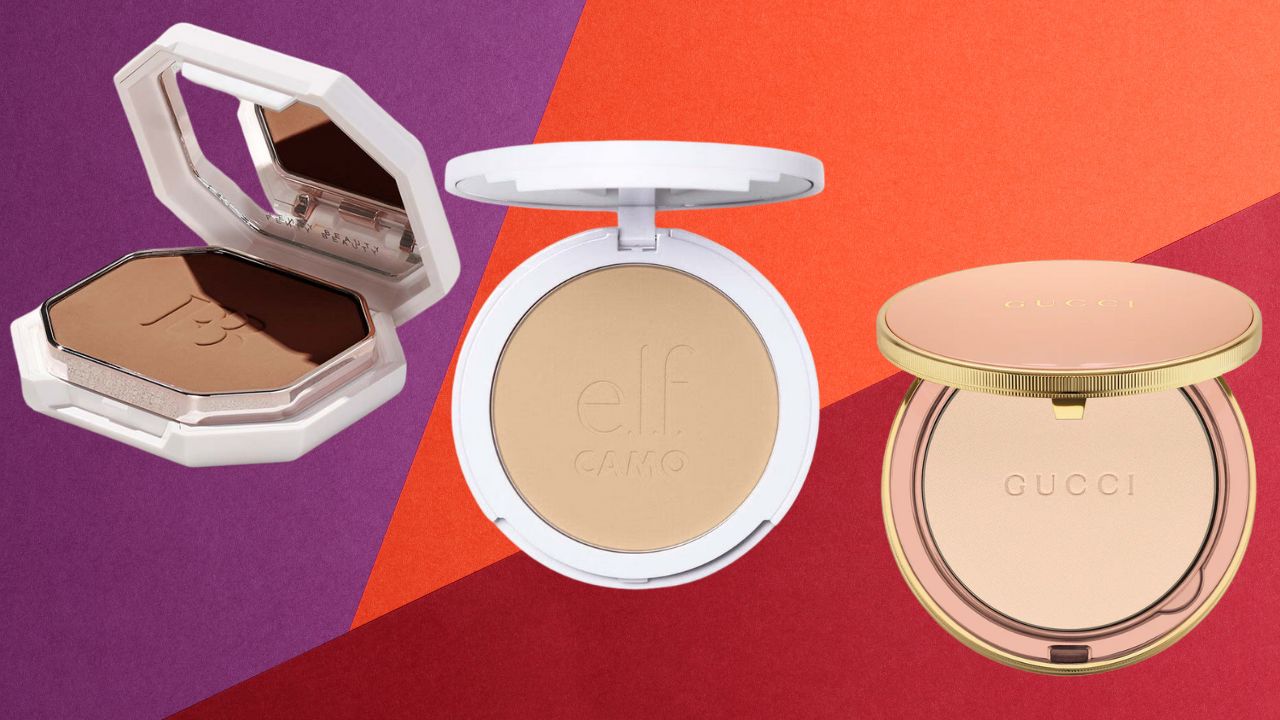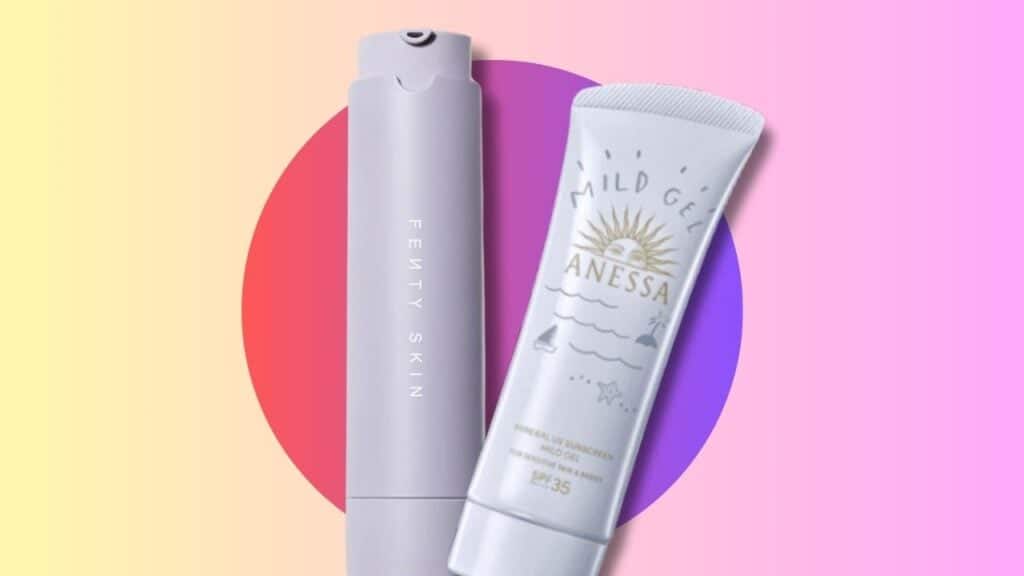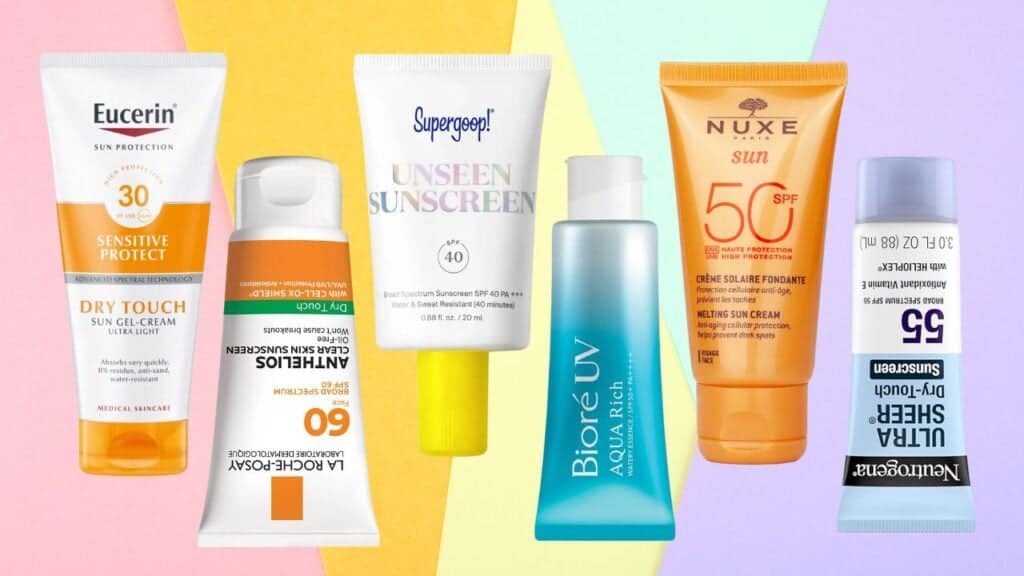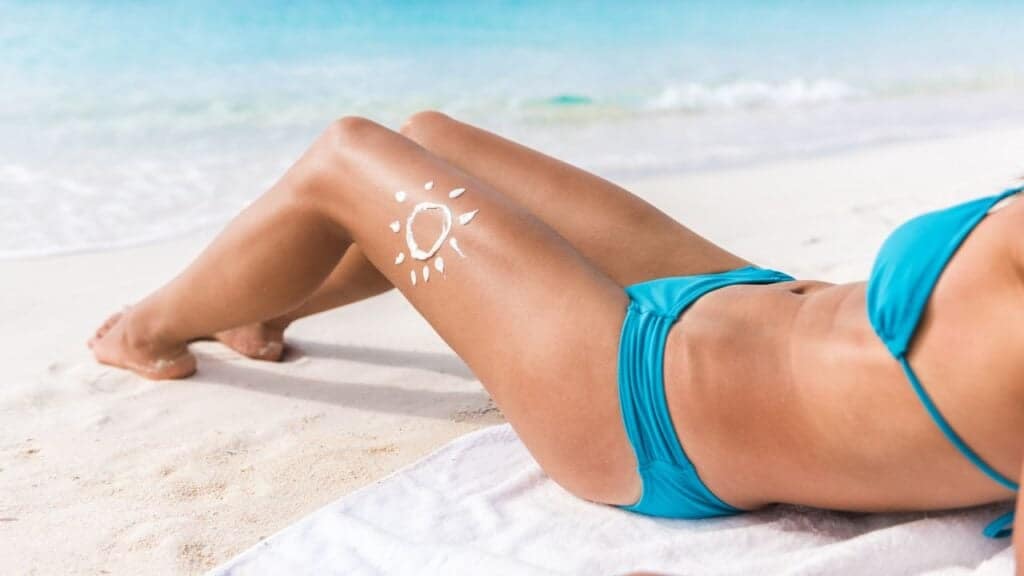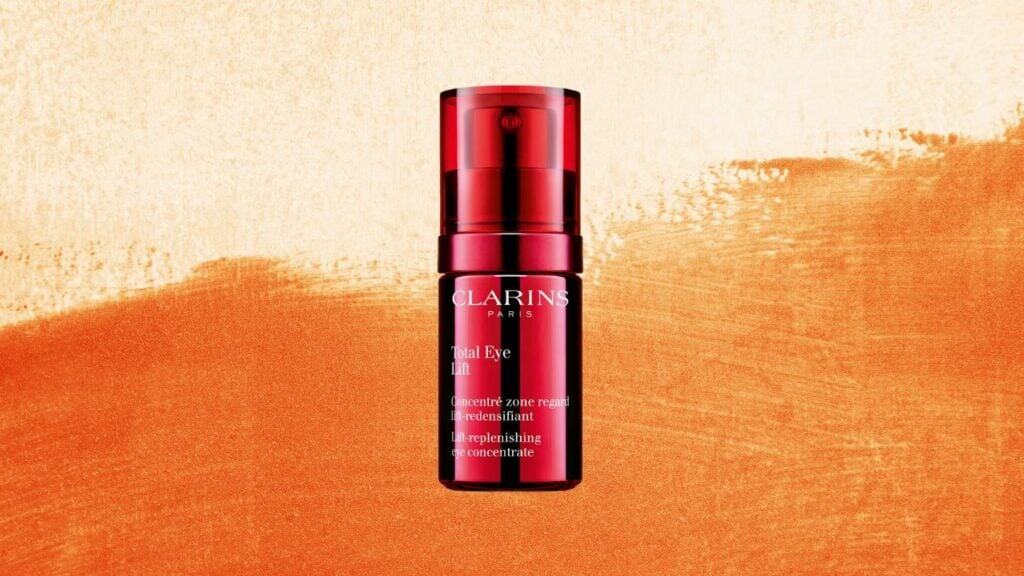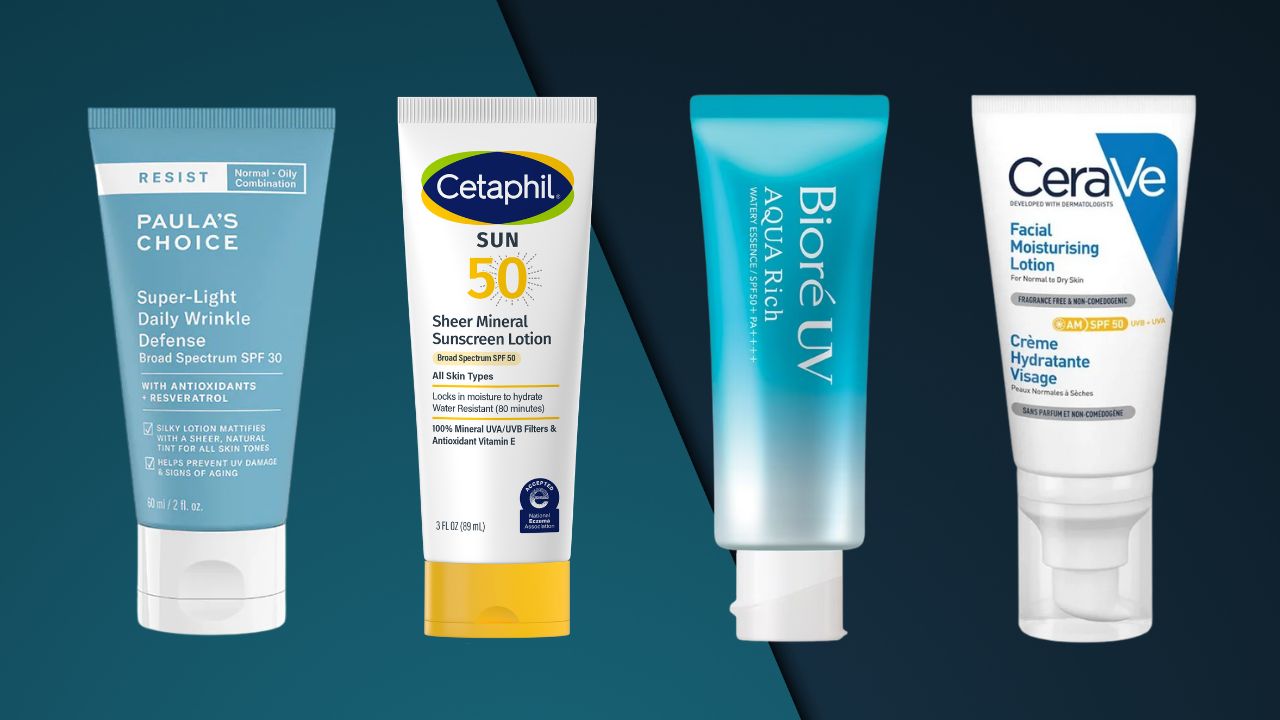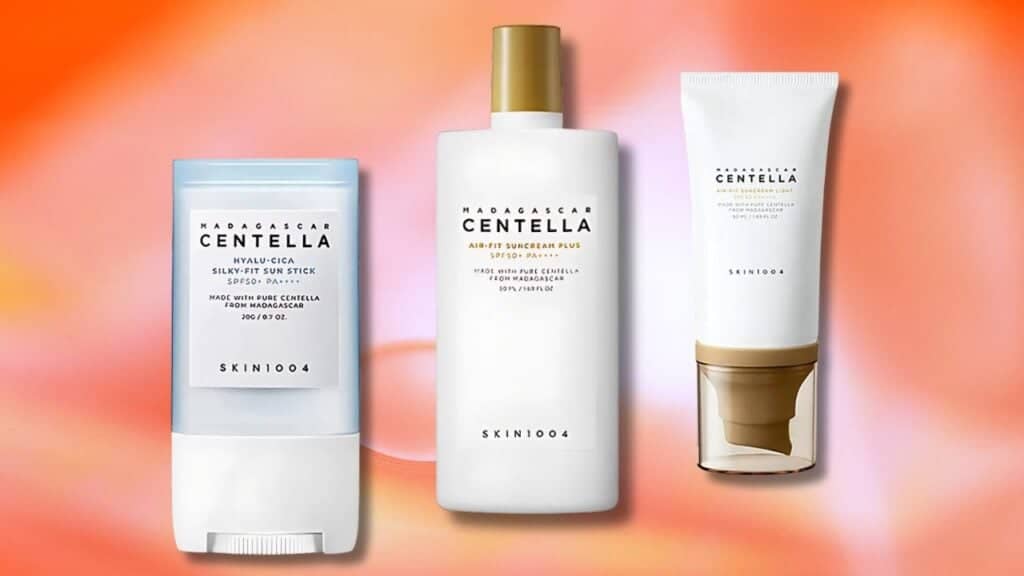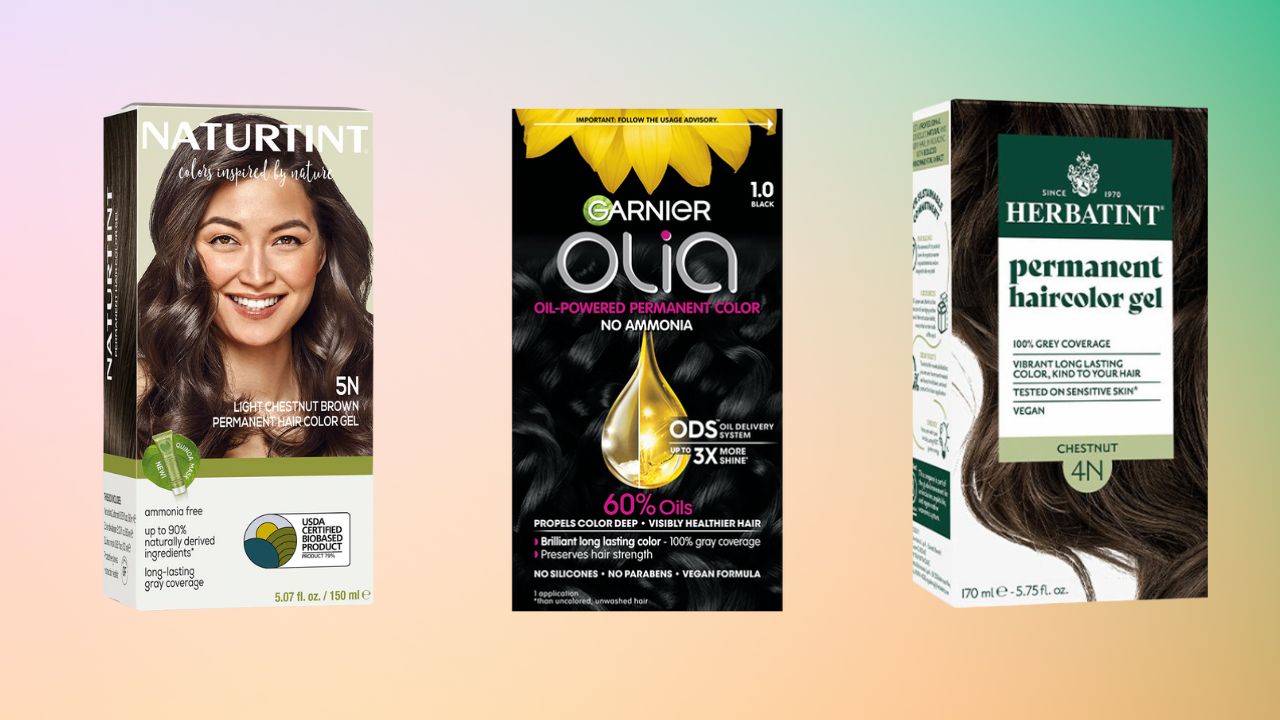Blog
Home / Origins & History of Perfume / The Fascinating History of Eau de Cologne
Categories
Recent Posts
- Top 10 Best Toners for Combination Skin in 2025: Tested and Reviewed
- Does Sunscreen Expire? Here’s What You Need to Know for Optimal Protection!
- The K-Beauty Game Changer: Is the Viral Biodance Bio-Collagen Real Deep Mask Worth the Hype?
- 10 Best Powder Foundations for Oily Skin: Shine-Free, Smooth & Stunning Picks (2025)
- Should You Wear Sunscreen Every Day, Even in Winter or Indoors? Science Says YES!
There is nothing like a fresh whiff of cologne on a hot summer day to rejuvenate the senses. Lightweight and refreshing, cologne is a beloved grooming product for many.Eau de Cologne directly translates to “Water from Cologne,” which is a reference to its birthplace. Contrary to what many wearers assume, cologne was not first made in Italy or France. It originated in Cologne, Germany as the result of an experiment by Johann Maria Farina (Giovanni Maria Farina), an Italian perfume maker hailing from Santa Maria Maggiore Valle Vigezzo, in 1709.
What is cologne made of?
Colognes generally contain 2–5% or more of pure perfume in the form of essential oils or natural extracts, alcohol, and water. Citrus oils of lemon, tangerine, orange, clementine, lime, grapefruit, blood orange, bergamot, bitter orange, and neroli are suspended in a base of dilute ethanol. Certain colognes also contain herbal and floral notes of lavender, rosemary, thyme, oregano, petit grain (orange leaf), jasmine, and olive. Occasionally, you might even get a hint of tobacco.While modern cologne has come to be associated with men, Farina’s Eau de Cologne was meant to be unisex.
How did Farina create his iconic Eau de Cologne?
Giovanni Maria Farina’s original Eau de Cologne was a citrus formulation inspired by his home in Italy. In a 1708 letter to his brother Jean Baptiste, Farina wrote, “I have found a fragrance that reminds me of an Italian spring morning, of mountain daffodils and orange blossoms after the rain.”Proud of his creation, he named the product after his new hometown of Cologne.The Eau de Cologne created by Farina was meant to be used as a perfume. Farina ensured that “nearly all royal houses in Europe” received the item. What truly set him apart from other perfumers of the time was his ability to create a perfectly homogeneous fragrance for distribution even though he used a series of single-note essences.The current website for Farina’s Eau de Cologne describes its scent profile as follows: “The delicate fragrance reveals the finest citrues notes. The first whiff provides refreshing bergamot followed by tender jasmine and violet, smoothed down by warm sandalwood and olibanum.”The royal families fell in love with Eau de Cologne because it made them feel extremely special. Also called aqua mirabilis (Latin for miracle water), one single vial of the cologne is recorded to have cost the half the yearly salary of a regular civil servant. Some even believed that this magical water of Cologne could ward off bubonic plague. They consumed the citrus oil scent believing that it would emit from their pores and repel fleas.The original Eau de Cologne by Farina has been produced opposite the Jülichplatz in Cologne since 1709. He also opened his shop at Obenmarspforten that year, which is now the world’s oldest fragrance factory. Farina might have imagined that he would be able to hold on to the exclusivity of the item, but the emergence of free trade made things tricky. Upon seeing the success of Eau de Cologne, other businessmen started selling their own fragrances using the Eau de Cologne branding for free publicity and marketing.The release of the Original Eau de Cologne 4711, titled after Glockengasse No. 4711 and created by Wilhelm Mülhens in Cologne in the late 1790s, proved to be a problem for Farina because of their similar branding. The brand 4711 is still very much in the business, and it is currently owned by Mäurer & Wirtz.In a notable distinction, Farina’s cologne is currently sold in clear glass bottles with red lids, while the 4711 brand uses turquoise and gold labels.
Related posts
Top 10 Best Toners for Combination Skin in 2025: Tested and Reviewed
A good toner for combination skin does more than just refresh—it regulates oil production in greasy areas while delivering hydration to dry patches, minimizes the appearance of pores without over-drying, balances your skin's pH after cleansing, and prepares your complexion to absorb serums and moisturizers more effectively. The right combination skin toner acts as a sophisticated problem-solver that addresses multiple concerns simultaneously without compromising either zone.
Does Sunscreen Expire? Here’s What You Need to Know for Optimal Protection!
You’re getting ready for a fun beach day, digging through last summer’s bag, and there it is—a half-used bottle of familiar sunscreen. It looks okay. It smells fine. But then you wonder… does sunscreen actually go bad? The quick answer? Yes, it does. And using old sunscreen is like wearing sunglasses with a big crack—it…
The K-Beauty Game Changer: Is the Viral Biodance Bio-Collagen Real Deep Mask Worth the Hype?
Okay, beauty lovers, let’s talk about something that’s taken the skincare internet by storm. You’ve seen the videos, you’ve scrolled past the jaw-dropping transformations: the Biodance Bio-Collagen Real Deep Mask. This isn’t just another sheet mask; it’s a Korean collagen mask that promises to melt into your skin, leaving it plump, dewy, and practically poreless….
10 Best Powder Foundations for Oily Skin: Shine-Free, Smooth & Stunning Picks (2025)
If you've ever dealt with the struggle of makeup sliding off your face by lunchtime, looking greasy in photos, or requiring constant touch-ups throughout the day, it's time to make the switch. Powder foundations for oily skin are formulated specifically to combat shine, control oil production, and provide long-lasting coverage that stays put from morning meetings to evening events. Whether you want barely-there natural coverage or full glam that photographs beautifully, there's a mattifying powder foundation out there waiting to be your holy grail.
Should You Wear Sunscreen Every Day, Even in Winter or Indoors? Science Says YES!
Most people associate sunscreen with sweltering beach days, tropical vacations, and that one time they forgot to reapply and turned into a human lobster. But what if we told you that sunscreen isn’t just a summer essential? That’s right. Wearing SPF daily—even in winter or indoors—isn’t just a skincare trend; it’s a dermatologist-approved non-negotiable. If…
We’ve Tested Over 30 Mineral Sunscreens: These 2 Are the Best – Fenty Hydra Vizor & Shiseido Anessa
If you’ve ever tried mineral sunscreen, you know the struggle. Some feel like cement on your face, others leave you looking like a ghost auditioning for a horror movie, and a few even pill into tiny, annoying flakes the second you apply makeup. After months of slathering, blending, squinting at ingredient lists, and exposing ourselves…
Top 10 Oil-Free, Non-Greasy Sunscreens for Your Face: Say Goodbye to Shine!
Sunscreen is the ultimate skincare non-negotiable—no matter your skin type. But if you have oily, combination, or acne-prone skin, you know the struggle of finding a formula that won’t leave you looking like a glazed donut by noon. Even dry and sensitive skin types often prefer lightweight, non-greasy, breathable formulas that won’t clog pores. So,…
Does Sunscreen Prevent Tanning? Understanding Its Role & How to Tan Safely
You’ve packed your beach bag, grabbed your favorite sunglasses, and slathered on that bottle of SPF everyone insists you need. But as you step into the glorious sun, a nagging question pops up: “If I’m wearing sunscreen, will I still tan? Or am I just wasting my time trying to get a golden glow?“ It’s…
Clarins Total Eye Lift: How to Use It to Brighten & Firm Tired Eyes
Ever glance in the mirror at 7 a.m. and think, “Did I sleep at all?” We’ve all been there—those mornings where our eyes spill our secrets before we can reach for concealer. If your under-eye area looks more “red-eye flight” than “rested glow,” there’s hope. And not just any hope—Clarins Total Eye Lift is that…
Best Facial Sunscreen for Oily, Sensitive, Dry & Combination Skin (2025 Guide)
Finding the best facial sunscreen for your specific skin type is like searching for the perfect pair of jeans—one size definitely doesn't fit all. Whether you have oily, sensitive, dry, or combination skin, the right sunscreen for face can make a world of difference in how your skin looks and feels throughout the day while protecting against harmful UV damage, premature aging, and skin cancer.
We Tested 3 Skin1004’s Madagascar Centella Sunscreens: Here’s Our Full Review
When it comes to sunscreens, the struggle is real—white casts, greasy finishes, irritation, and worst of all, formulas that just don’t do their job! But we’re here to help. We tested three of Skin1004’s best-selling Madagascar Centella sunscreens to find out which one truly deserves a spot in your skincare routine. Whether you prefer a…
10 Best Pregnancy Safe Hair Dyes That Actually Work (2025 Guide)
If you’ve ever stared into the mirror, roots creeping in, and thought, “Is it okay to do this while I’m pregnant?”—you’re not alone. It’s a question almost every beauty-loving mom-to-be asks herself. The short answer? Yes, you can dye your hair while pregnant… but (and it’s a big but) there are a few things you…
Comments


